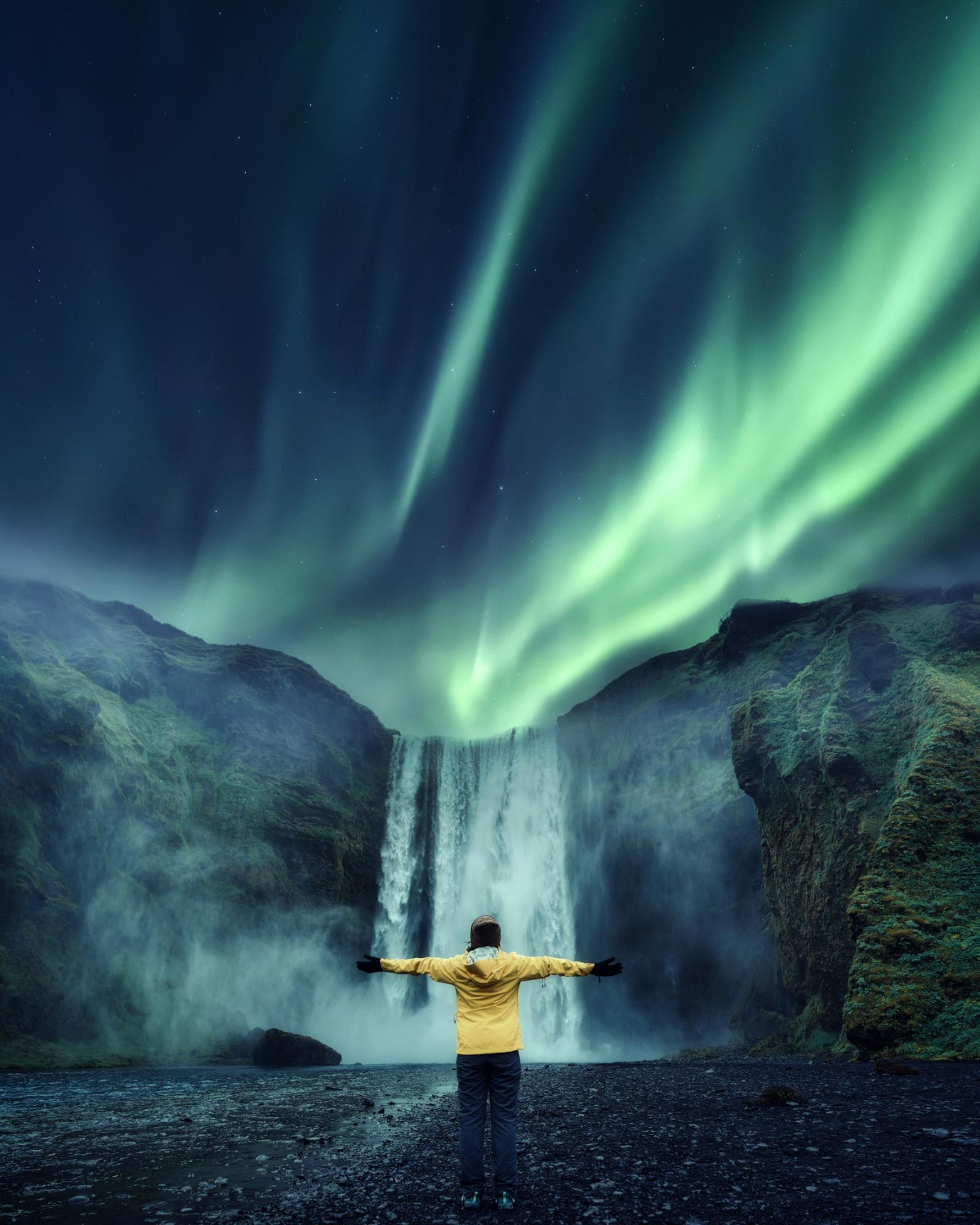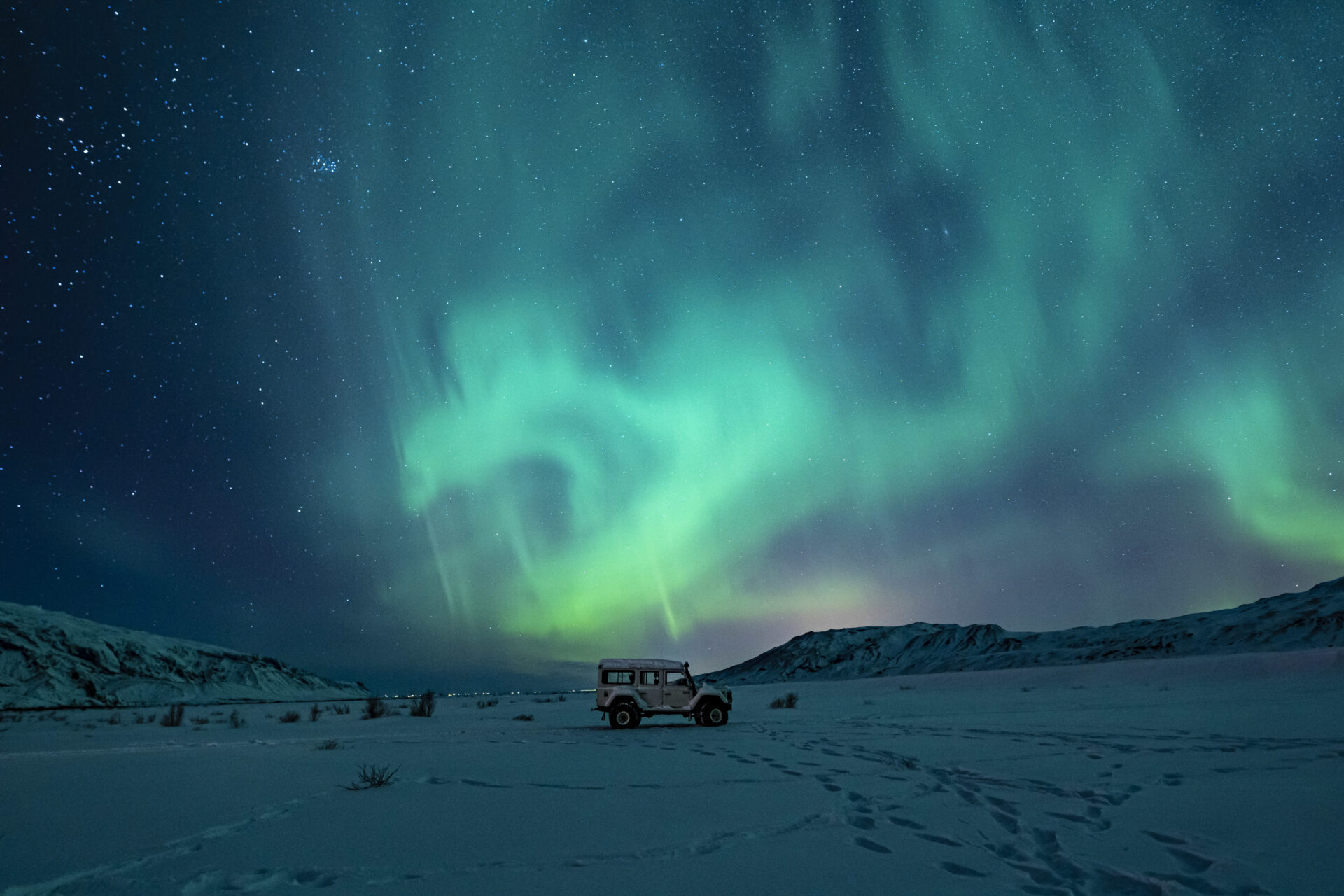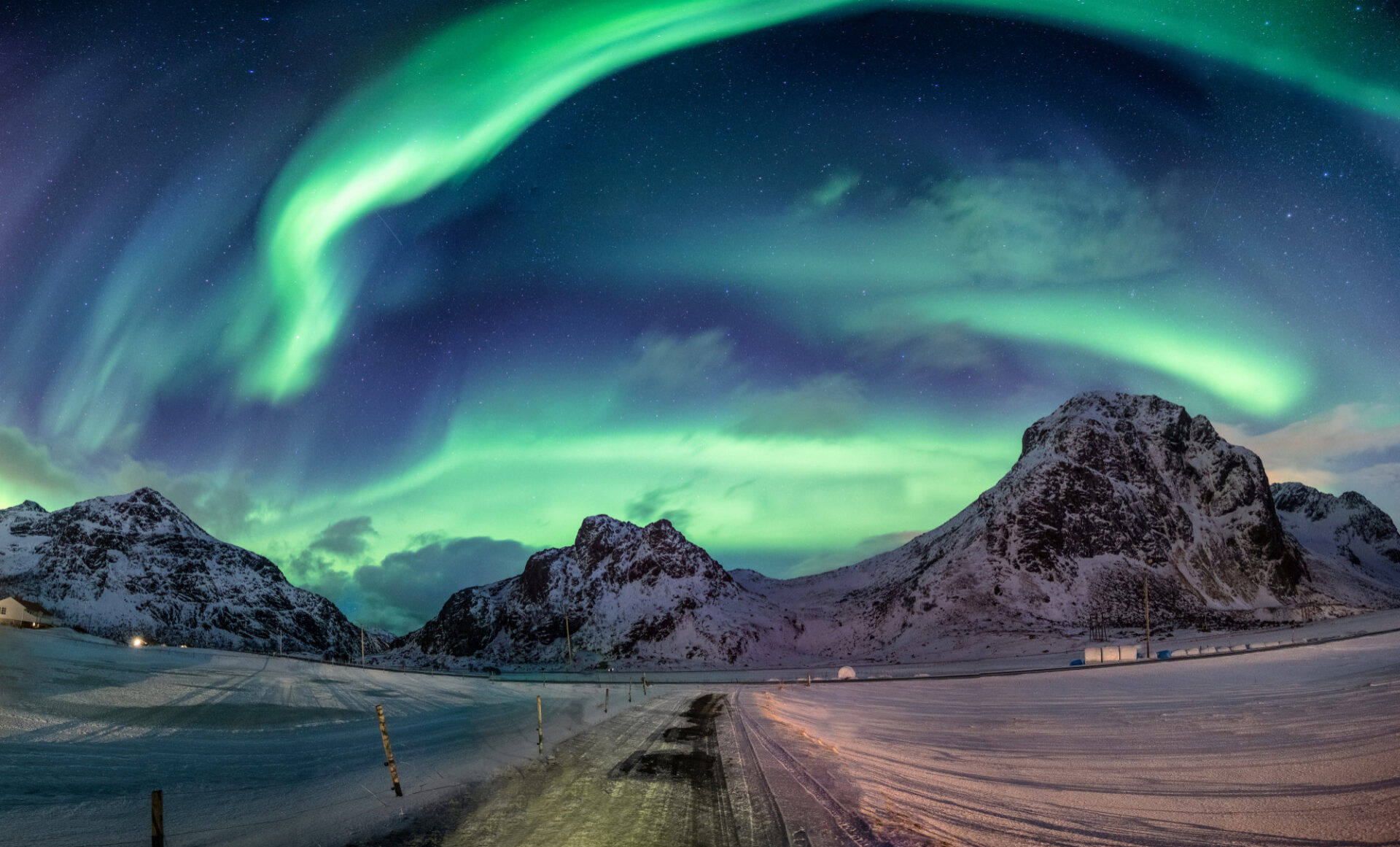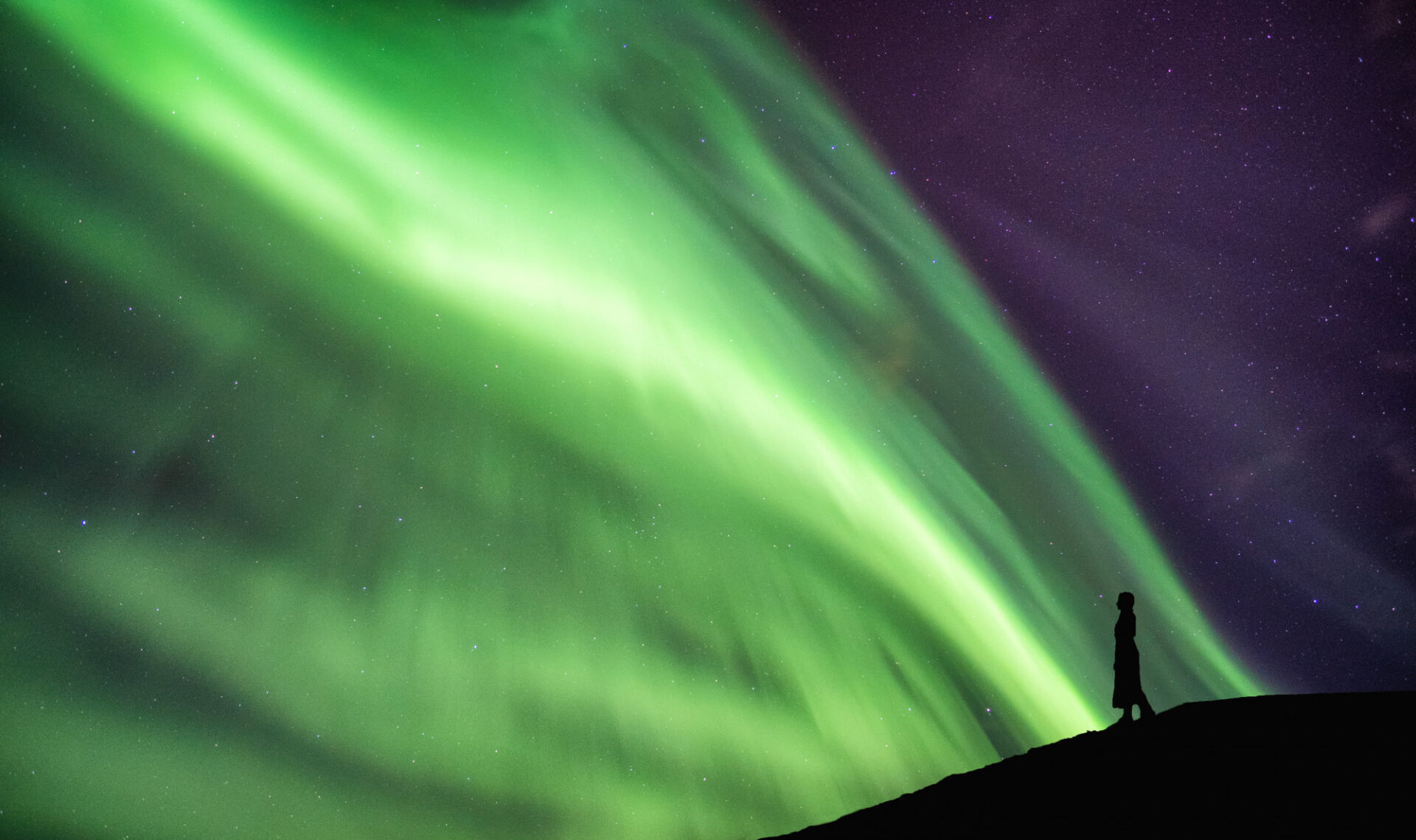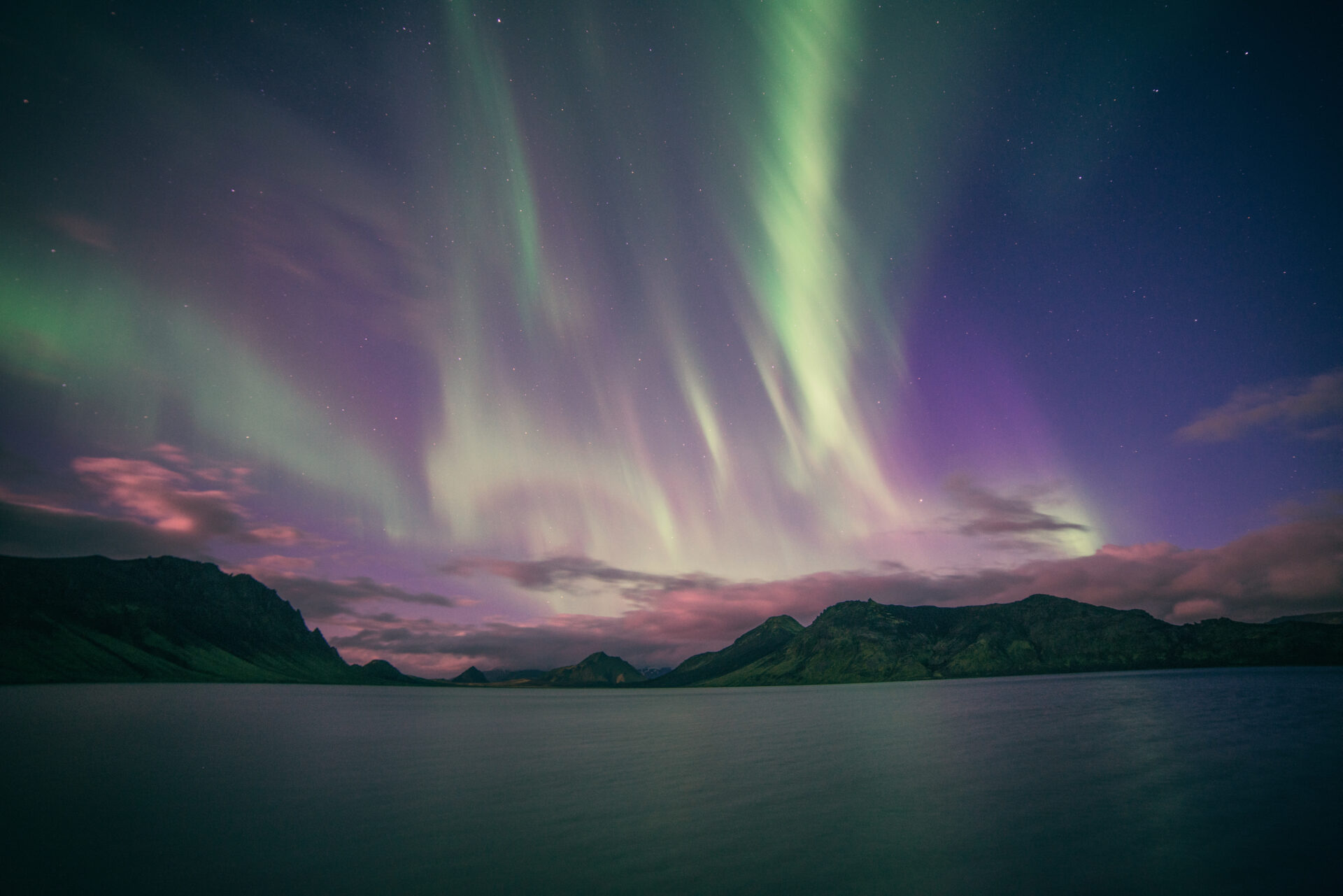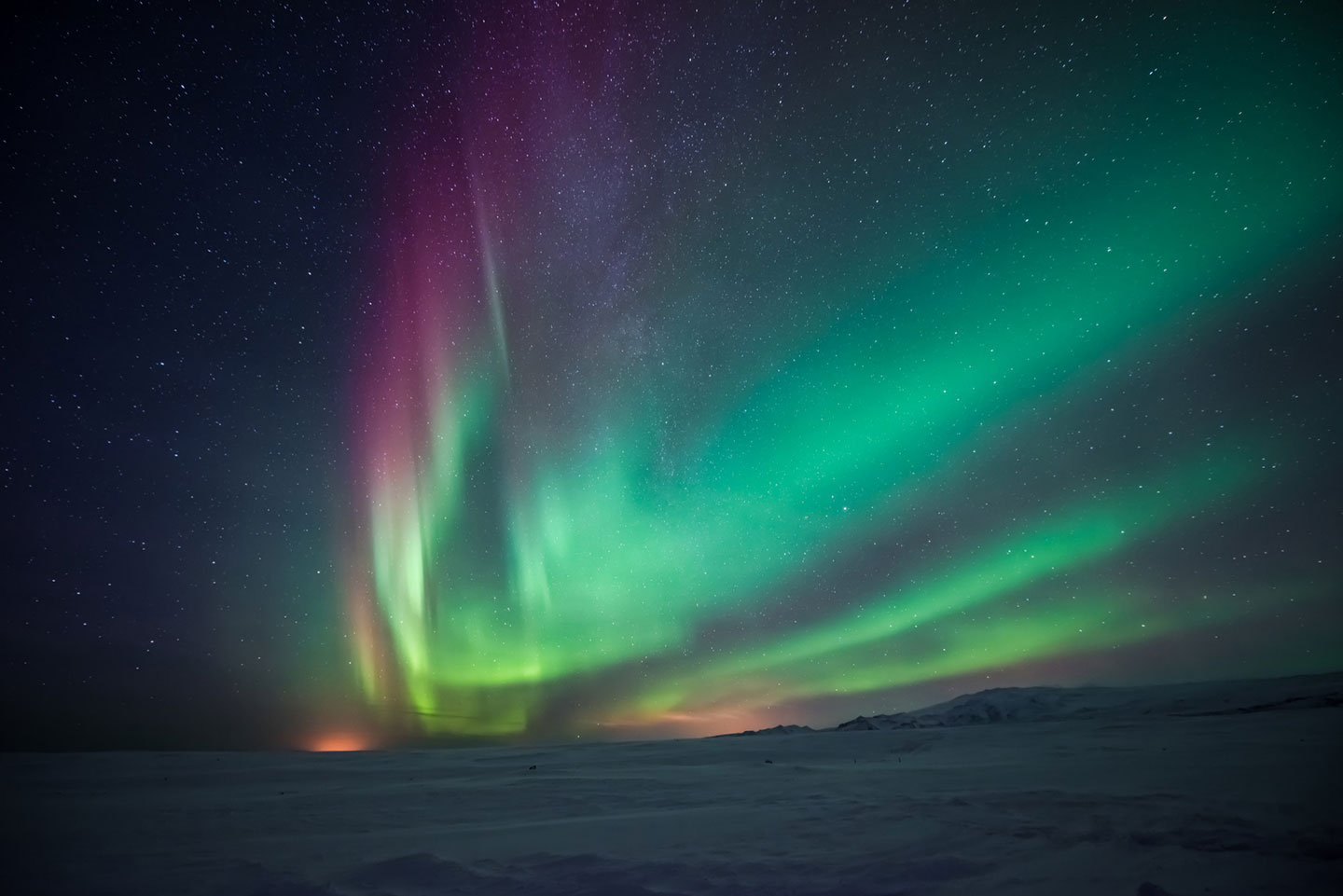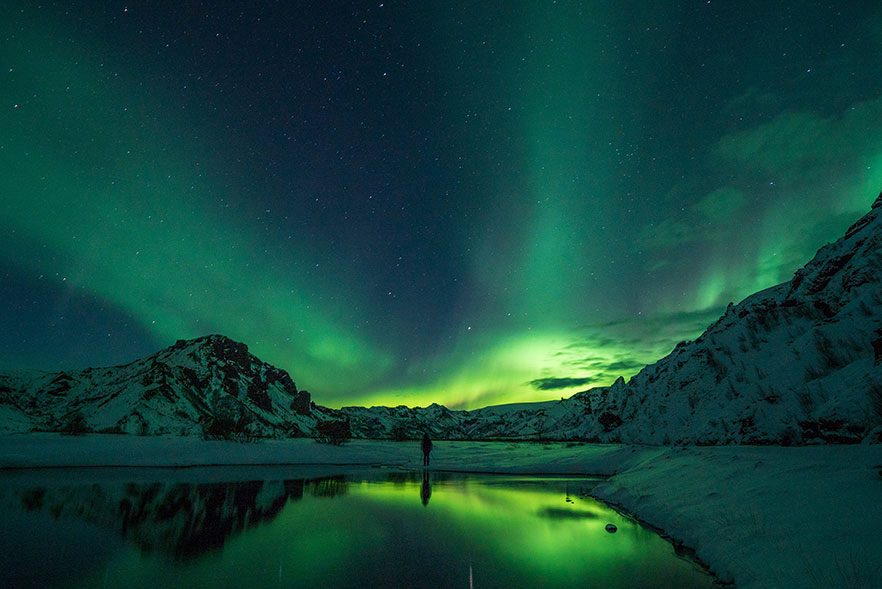Northern Lights Forecast
We remind you that the Northern Lights are one of the wonders of the world.
They are unpredictable, so these Northern Lights forecasts are still quite imperfect.
They can still give a good picture of what the odds say is coming.
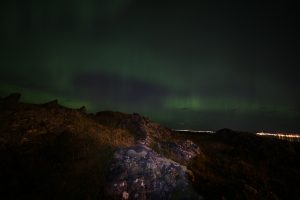
@Gálgahraun.
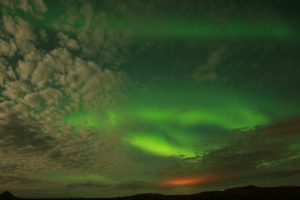
@Hvassahraun.
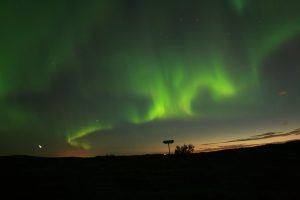
@Kaldársel.
Aurora Forecast

Photographing the Northern Lights
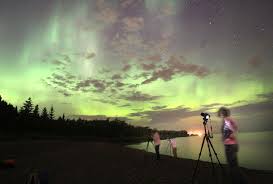 Northern lights photography
Northern lights photography
Taking a picture of the northern lights is a challenging task if done well.
There are a few things to keep in mind, and the most important thing is probably that the camera's aperture needs to be time adjustable.
That's because they are night shots. That is, it must be possible to take a picture with the "shutter" open for a few seconds. to achieve a sufficient amount of light on the camera's image sensor so that a visible image is obtained.
Unfortunately, this option is missing in most smaller cameras and cameras in phones and tablets. They are therefore mostly unusable for aurora photography.
The camera lens must also be set to "manual" and the distance to "infinity". You have to experiment to find the clearest focus with each lens because the mark for "infinity" which is like an 8 on the side is not always in the right place if it is on the other side of the lens. If the lens is set to "auto", the lens will probably not find focus in the dark and the camera will probably refuse to click.
The next item is probably the tripod.
When taking pictures with the "shutter" open for a few seconds. the slightest movement of the camera appears in the picture, You can save yourself by fixing the camera to the roof of the car, a stone or something else available, but holding the machine in complete motionlessness for 10 – 30 seconds is unfortunately not feasible.
The next thing is a remote control or at least a release cable so that there is no movement on the camera when you click a picture.
You can get by by setting the shutter button to a time, but then the picture starts to take a lot of time if both the shutter button and the shutter have time settings, which may not be a problem if you are not taking a lot of aurora pictures. Depending on the camera and lens, how long the shutter needs to be open for the northern lights to appear in the picture in an acceptable way varies.
A common setting on an older model of Canon EOS with a standard lens is around 25 – 30 sec. but in 30 seconds you can see movement in the starry sky. To shorten this time, you need to either get a lens that is more sensitive to light or increase the ISO, but in many cameras the images will be grainy if the ISO is increased too much. You have to experiment with a few settings if you want to be successful.
The person writing this has a Canon EOS 400 and a lens with an aperture of 2.8, so the lens is quite light sensitive. This camera is not quite the newest type and cannot withstand much higher ISO than 800. With the camera at 800 ISO and a lens with an aperture of 2.8, in most cases it is enough to keep the shutter open for 8-10 seconds. to get a good and bright picture.
You have to experiment with each camera individually and the undersigned knows that you can get good photos of the northern lights in 1 second, but then the lens has an aperture of 1.8 and the camera's image chip can withstand 3200 ISO without the image becoming grainy.
So you just have to pay close attention to the Northern Lights forecast and be ready with a flashlight, lunch and warm clothes when the show starts.
So it's about sharing the pictures with the whole world, and that's a possibility on one of the biggest Northern Lights sites in the world - Spaceweather.com.
Here you can go directly to their upload page.
Good luck!
Where is the best place to go?
We have been getting questions about where is the best place to go and where is the best place to stay to see the Northern Lights.
In short, there is no universal answer to these questions. No place is inherently better than another, but street lighting in most cases spoils the experience, so the number one thing is to avoid what we space fans call light pollution.
Number two is to be seen in the starry sky. The Norwegian Meteorological Agency's cloud cover forecast is good and a good reference if you plan to travel beyond the previously mentioned light pollution.
The Norwegian Meteorological Agency also has information about cloud formations and the Norwegian Meteorological Agency also has a Northern Lights forecast, which has been considered far too pessimistic with regard to cloud formations.
Good places in the vicinity of Reykjavík that we at Norðurljósin can recommend are:
Grótta á Seltjarnarnesi – Short to go, but lots of people and little parking.
Esjurrötir – Good parking lot where the path up the mountain begins.
Kalársel and the way in there after. – Lots of nice parking lots with fun backdrops for photo shoots.
Kleifarvatn – Quite a short walk and spectacular scenery in the background for taking pictures.
Þingvellir – A classic place. Plenty of parking. A fun and spectacular backdrop for photoshoots.
Garden Peninsula Lighthouse – Quite a short walk and good parking with a pleasant background.
The bridge between continents – Quite a short walk and good parking with a pleasant background both at the bridge and on the way there.
We are probably forgetting a lot of good places and it would be appreciated to receive tips from readers sent to the email address bjoggikr@gmail.com
